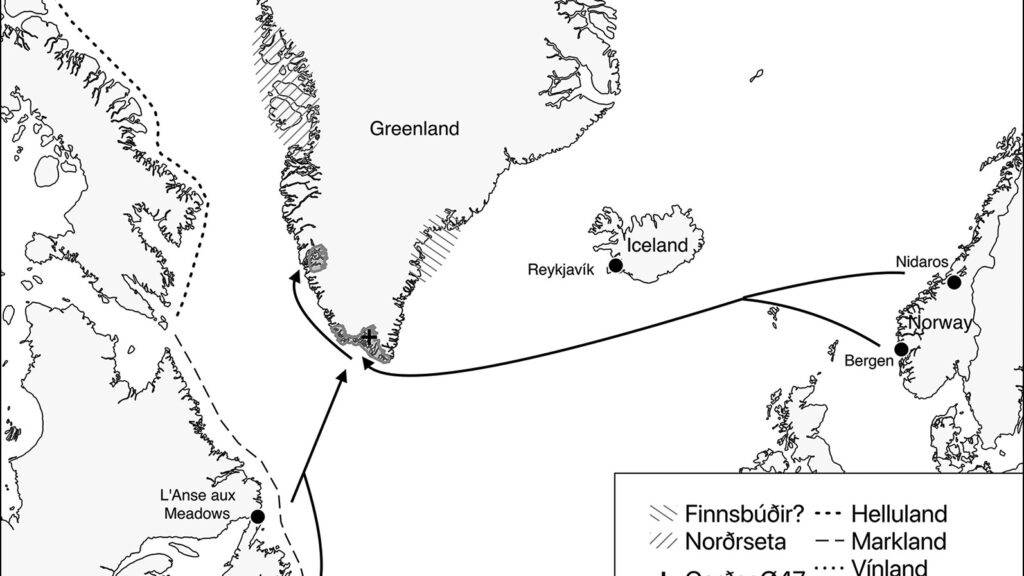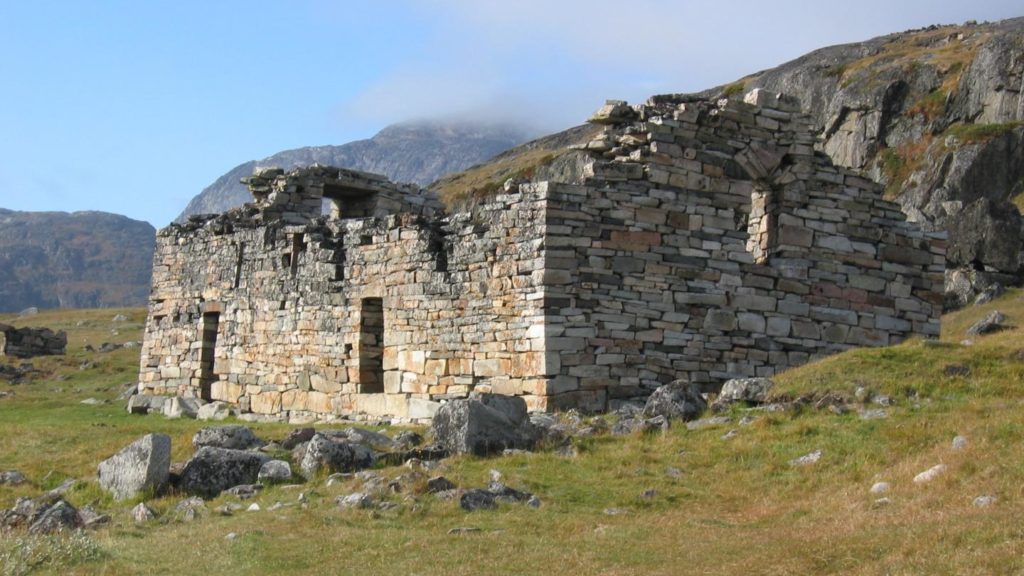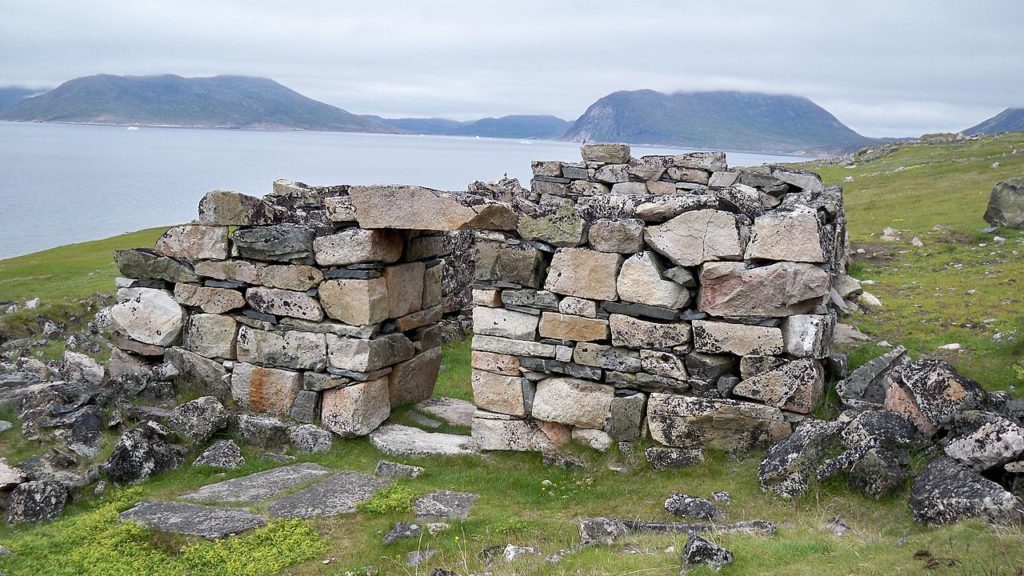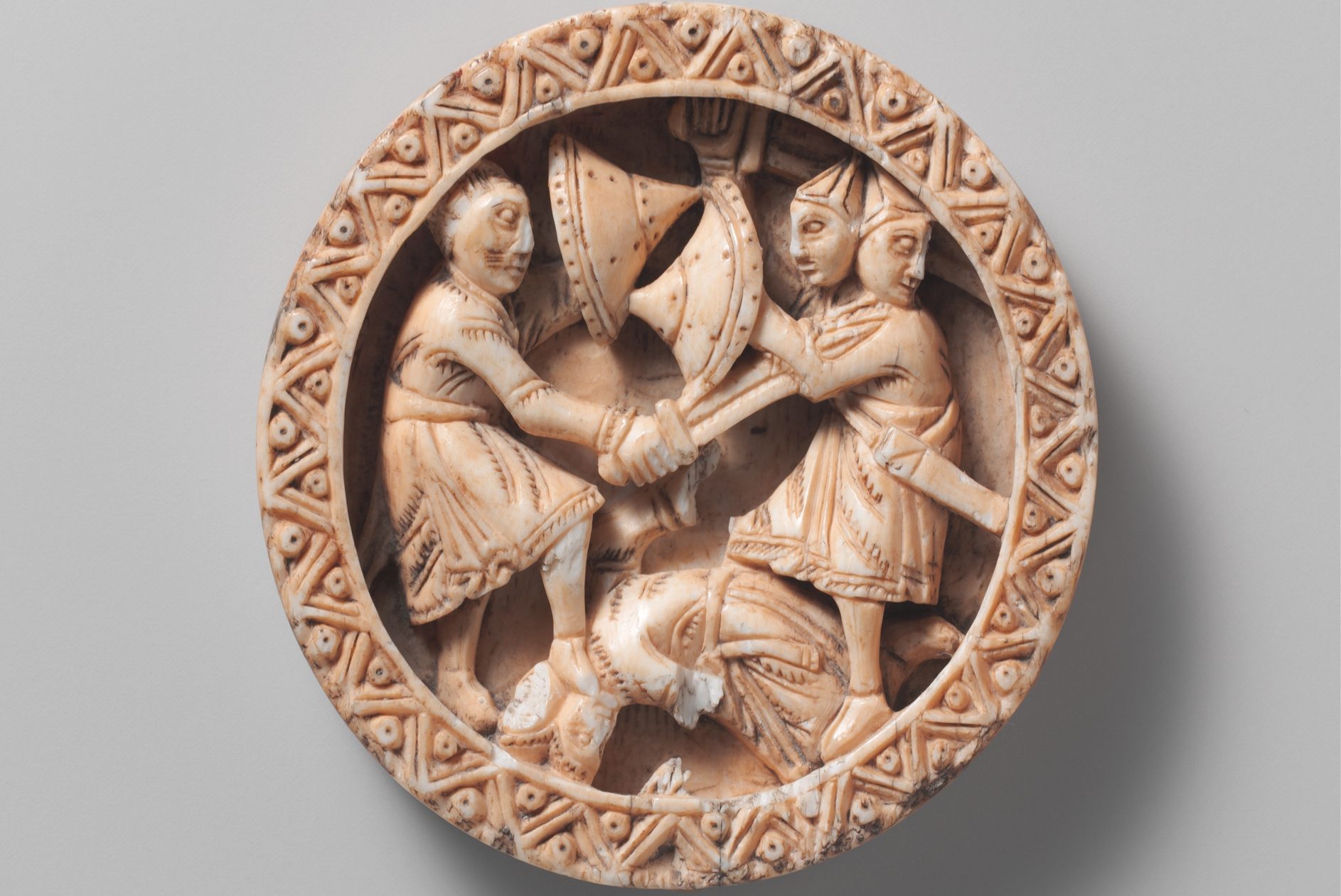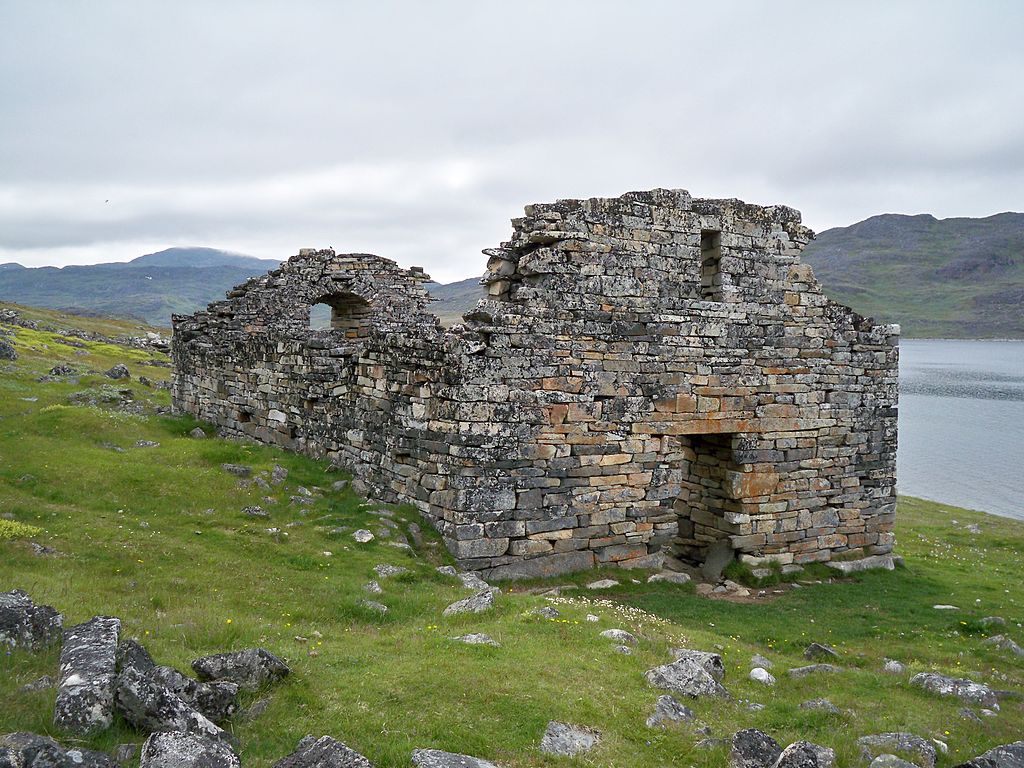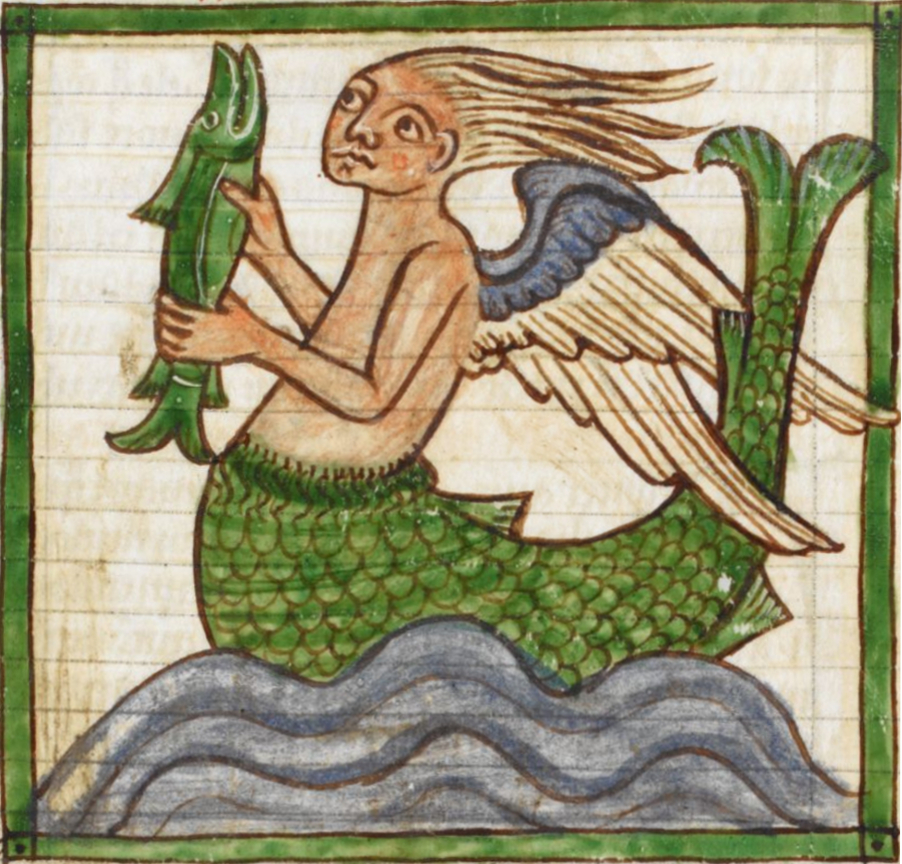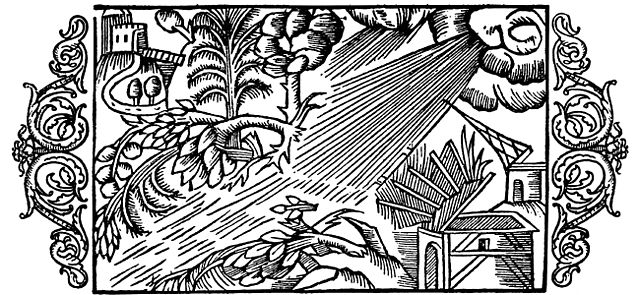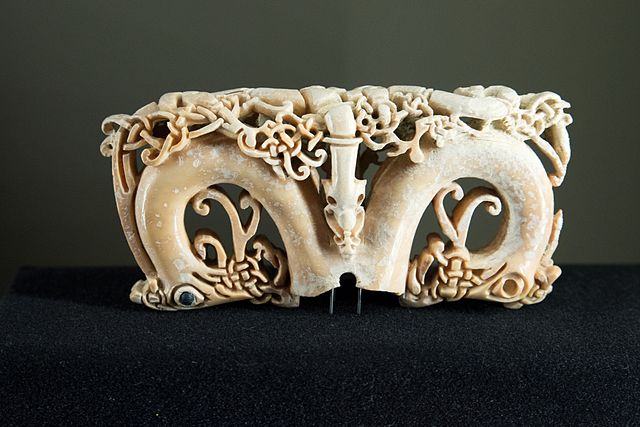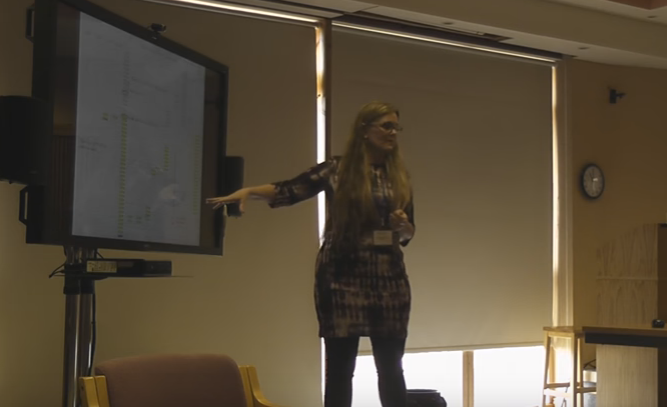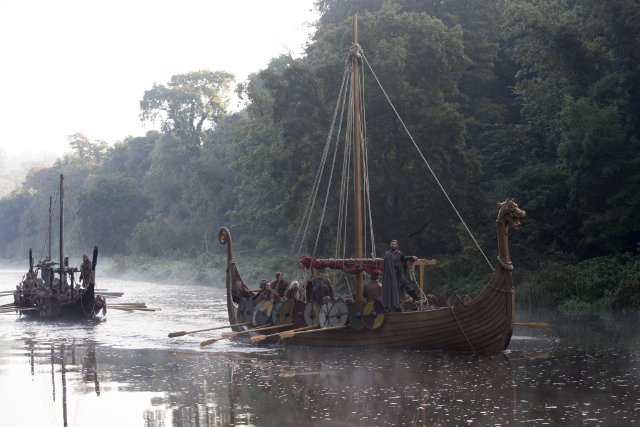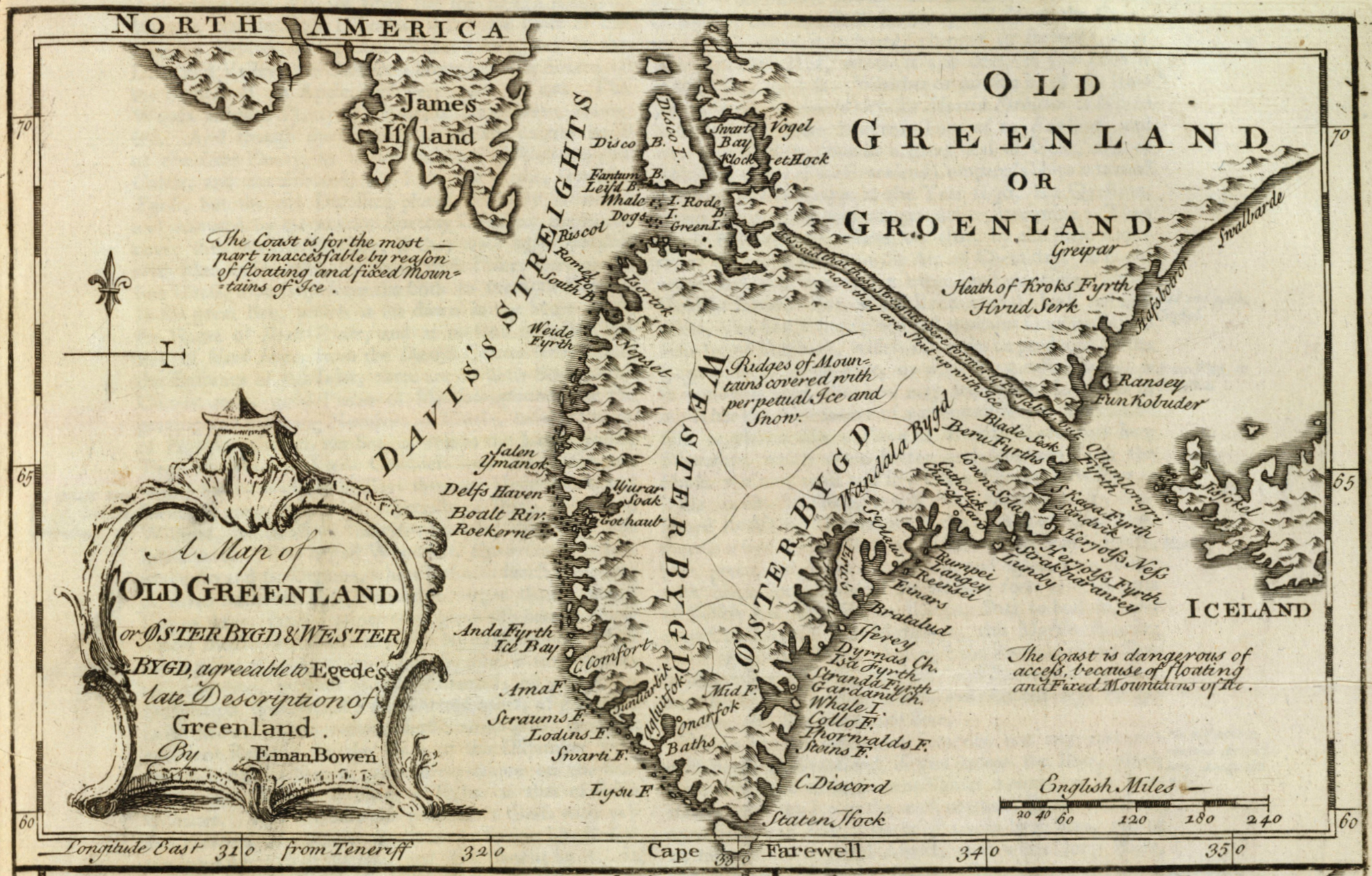Vikings and Indigenous North Americans: New Walrus DNA Study Reveals Early Arctic Encounters
New DNA research reveals that Norse Vikings ventured into the High Arctic centuries ago, meeting Indigenous Arctic peoples and navigating treacherous waters to harvest walrus ivory.
Norse in Greenland imported timber from North America, study finds
One of the things that Norse living in Greenland lacked was wood. A new study reveals that while some people could make use of local trees and driftwood, the wealthier people could have wood imported from North America and Europe.
New Medieval Books: The Vanished Settlers of Greenland
There was a small Norse colony in Greenland during the Middle Ages. Centuries later, Danes and other Europeans came to this region to search for what happened to these people, leading to new encounters with the Inuit and much speculation about the fate of this colony.
The search for the lost Norse of Greenland detailed in new book
In his new book The Vanished Settlers of Greenland: In Search of a Legend and Its Legacy, Robert Rix of the University of Copenhagen argues that the lost Norse settlement played a decisive role in Denmark’s efforts to colonize Greenland during the 18th century.
Drought led to the end of Norse Greenland settlement, researchers find
New research suggests it wasn’t dropping temperatures that helped drive the Norse from Greenland, but drought.
Over-hunting walruses contributed to the collapse of Norse Greenland, study suggests
The mysterious disappearance of Greenland’s Norse colonies sometime in the 15th century may have been down to the overexploitation of walrus populations for their tusks, according to a study of medieval artefacts from across Europe.
How Did the Norsemen in Greenland See Themselves? Some Reflections on ‘Viking Identity’
We can contrast two possibilities: 1) that there was an overarching Scandinavian cultural unity in the Viking Age, or 2) that there were distinct cultural identities in different parts of what is often called the “Viking world.”
Study shows that Vikings enjoyed a warm Greenland
Chemistry of bugs trapped in ancient lake sediment shows a warm climate at a key time in Greenland’s history.
Ancient DNA reveals the chronology of walrus ivory trade from Norse Greenland
These results reveal a significant shift in trade from an early, predominantly eastern source towards a near exclusive representation of Greenland ivory.
‘Death in a Dread Place’: Belief, Practice, and Marginality in Norse Greenland, ca. 985-1450
This thesis finds that the development of Christianity was driven by the Greenlanders’ increasing perception of their place in the world as one of marginality and spiritual danger.
Seven Wonders of the Medieval Far North
Konungs skuggsjá explains the wonders of the strange waters around Greenland, a far corner of the medieval world.
Wood Culture and Technology in the Greenland Norse Society, 10th-15th Century
Despite a relatively poor wooded environment, well preserved archaeological collections show timbers were often used, suggesting Norse people in Greenland found multiple ways to acquire the wood they needed.
Medieval Iceland, Greenland, and the New Human Condition: A case study in integrated environmental humanities
By interlinking analyses of historically grounded literature with archaeological studies and environmental science, valuable new perspectives can emerge on how these past societies may have understood and coped with environmental impacts.
Walrus Ivory and a History of Trade: Greenland Trade Networks in the North Atlantic
Norse settlement in Greenland represents the far westward reach of Norse influence. Despite being a considerable distance from other settlements, the Greenland colony was not nearly as isolated as it appeared.
Was it for walrus? Viking Age settlement and medieval walrus ivory trade in Iceland and Greenland
The Norse expansion into the North Atlantic is remarkable testimony to the maritime transformation of the early medieval world.
Norse North Atlantic Textiles and Textile Production: A Reflection of Adaptive Strategies in Unique Island Environments
Textile production was a key industry for the Norse colonies of the North Atlantic during the late Viking and Medieval period.
The Extent of Indigenous-Norse Contact and Trade Prior to Columbus
The full extent of Norse exploration in North America is a growing field and the extent of their contact and trade with Indigenous Americans is becoming increasingly known.
Winter, snow and cold in the life of the Westviking
The main purpose of this paper is to examine how the Westviking were influenced by winter, snow and cold in their day-to-day life as they were making progress in the West.
The Case of the Greenlandic Assembly Sites
In the early 20th century, scholars identified two possible Greenlandic assembly sites at Brattahalíð and Garðar respectively.
Greenland Norse Knowledge of the North Atlantic
What did the Norse know about climate, and what was the role of driftwood in their lives?
Climatic Change and the North Atlantic Seaways During the Norse Expansion
In order to appreciate how the Norse expansion might have been influenced by climatic fluctuations it is necessary to consider in outline the mechanisms which control weather and climate in the North Atlantic area at the present day, and which also obtained in the past.
Navegación y embarcaciones en la época vikinga: diferentes fuentes para su estudio (Shipping and navigation in the Viking Age: different sources for study)
This article (in Spanish) is about Viking shipping and navigation.
Seals and Sea Ice in Medieval Greenland
With a view to placing such developments in the context of changes in the past, the focus of this paper is an interdisciplinary study of the interaction of different seal species in Arctic/North Atlantic regions with sea ice, and, more specifically, the implications for the Norse settlements in Greenland in medieval times.
Island Words, Island Worlds: The Origins and Meanings of Words for ‘Islands’ in North-West Europe
This paper proposes the notion that words mirror ideas, perspectives and world- views. Etymologies and meanings of general words for ‘islands’ in a number of languages in North and West Europe are then discussed.
Norse cultural reaction to climate change during the little ice age and their societal collapse in Greenland
This study aims to understand the adaptations of the Norse Greenlanders to climate change in their new home.

